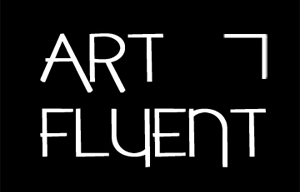
How did I get here? Purely by the accident of living my life. As a child I would say I never showed any visual artistic inclination. The only thing I did was copy clothing designs out of clothing sewing pattern books to make new outfits for my paper dolls and use pieces from a wallpaper sample book to make furniture for my doll house.I became rather proficient at drawing the textures and drapes of fabric. I was a musician, chose the tambourine instead of the easel. Literally. In college I took a course in scenery design and decided to take a basic drawing class to help me better communicate my ideas. My instructor was taken with my work and encouraged me to continue in the field. Since I had no history in the making of art I was a blank canvas and just started drawing without making nice edges or pretty images. The same with painting-sometimes I just used the plumbing as a model. My lack of using contrast has been a continuing issue but I find I use color instead. I tend to see things as flat rather than dimensional. In graduate school a weaving class filled a required craft class and I really loved it. As soon a possible I purchased my own loom. Along the way I had several jobs, with a supplier of electrical power equipment to power companies, brokerage firm and a bank trust department. In the 70' my work started being shown on a rather low key level at local events. That was when my career began. I married a man who makes ceramic sculpture and that has made the journey all that much more enjoyable. We understand each other's issues.
My weaving was mostly of indigenous type figures. Then I moved to soft sculpture. I am fortunate that when I started there was a rising interest in Craft As Art. It was a huge movement in the US and people flocked to the few shows that existed. You dealt directly with the buyer which actually could be very helpful in developing new pieces. There were also galleries that came to purchase work for their stores or make contact and set up shows The goal was to create a market for the work to enable artists to make a living selling what they made. All shows were juried every time and had very distinct requirements. This grew into the late 80's when it began to wane. At that time there were too many shows and they diluted the number of buyers. It did achieve the main goal and made a life of art viable for many people.
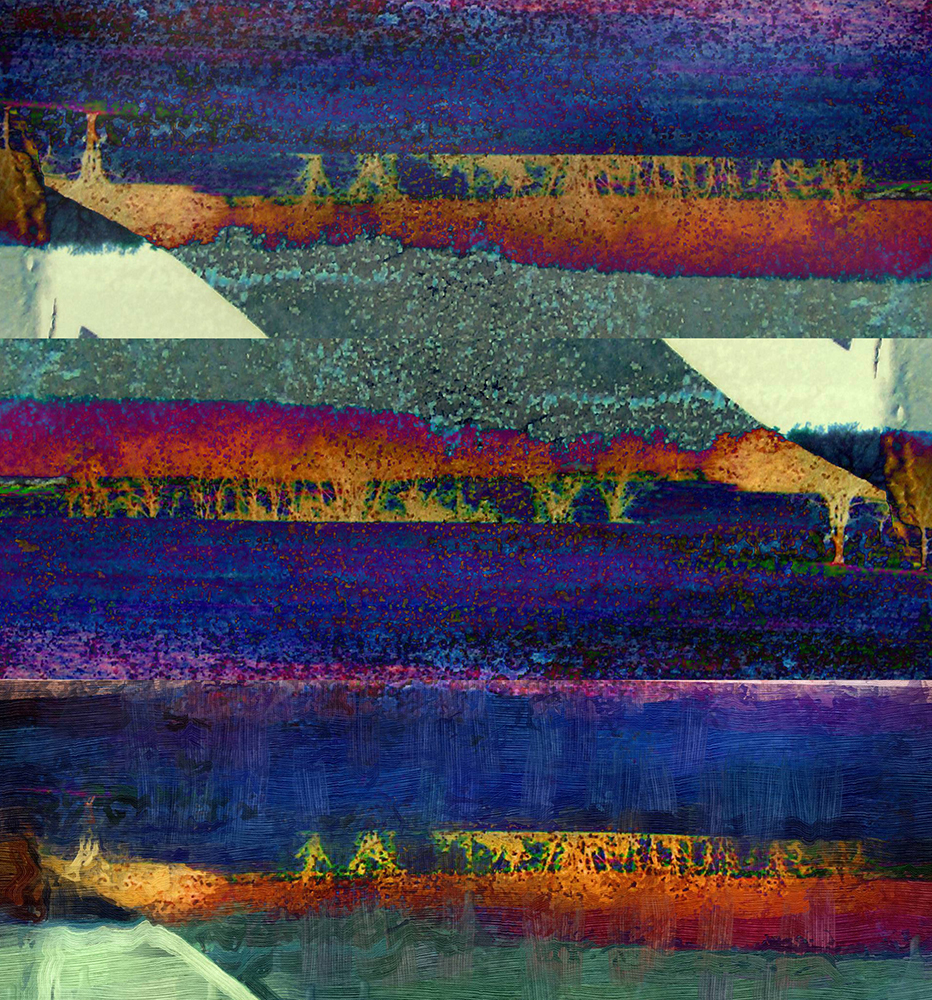
During this time I tried some handmade paper and fell in love. Each piece was something of a surprise. So I gradually moved from weaving to paper. Paper is always a surprise. You have an idea of what you might get but until it dries you don't know. It is also a very free activity with no edges or boundaries. As I worked the pieces became larger and more textural and had various inclusions and I collaged pieces together. I have always been attracted to ancient ethnic artifacts and it has been a continuing influence in my fiber work and some of the iconography spills into my photography. In a way photography encompasses both the constraint of weaving and the freedom of paper because even though I have to take photos in a specific shape and size there is the freedom to sit down at the computer or get out the scissors and create a surprise.
Photography started maybe 10-12 years ago while trekking through the southwest US looking for old abandoned mining buildings and petroglyphs and ancient Native American ruins. Some of the photos were very good but I just collected them for myself. I used any type of camera around- instamatic, throwaway, and a Canon that was light enough to be portable. We purchased a higher end Canon to take photos of our work and then I realized what could be done. Currently I am in love with my phone camera. It takes wonderful photos and gives you the ability to review large images on the phone to see what you can change in next shot. The resolution works well for the type of work I do but there are limits to what you can do vs a standard camera. I have a suspicion that the competition between the 2 will become keen.
I think having an interdisciplinary background makes me more open to trying and combining various techniques and less a devotee to process. Whatever achieves my vision is what I use. I have done combinations of photos and paper for several years. I don't know how much the different media influence each other. Sometimes doing a piece in one media can trigger an idea for another media or suggest some color details. No matter what media I use texture and color play a huge roll in what I do. It is just what I see or feel. It can be anything- rusty pieces of metal, various leaves and plants together that have different leaves or shapes, an infinity shaped crack in the porcelain of restaurant sink, I think at heart I am a collagist more than anything. I love taking part of one thing and putting it with another. I have no hesitation about adding some pastel to a photo or cutting out a part and putting a different material or image underneath in the space, cutting something apart and putting it back together in a slightly different way or combining it with a different material.
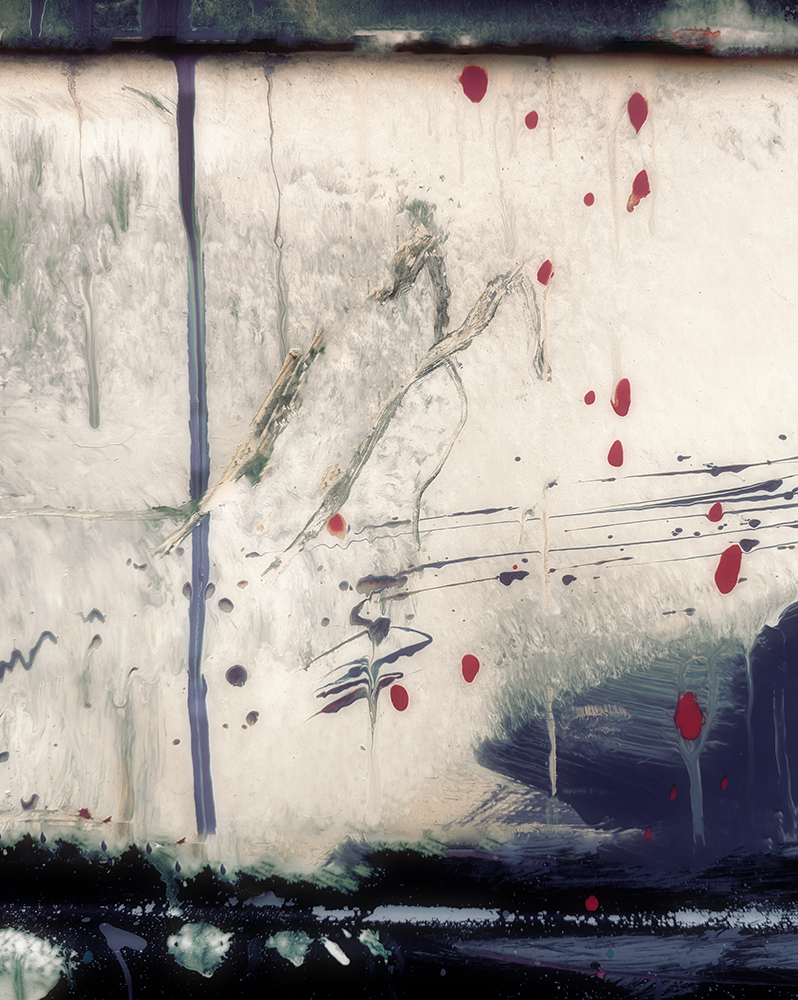
Collage is frequently used in my photography on my computer. All my photos are stored on my computer or an external hard drive. They are rather randomly put in folders that I constantly have to look through. Yes, I have an organization app but for some reason just find it too difficult to use. Actually going through the photos so often means I keep in touch with older photos that I may be able to use in a new way or combine with a newer shot. I have several programs that allow me to create a blank project. Then I can add photos, overlap them, change opacities, change colors. Parts of one photo can be pasted on another ad infinitum. In short it allows me to create something that really did not exist before. I also have a drawing tablet that enables me to paint and draw on any images or create my own. I have used AI but only for fun. So far all of my decisions have been my own but I am open to new ideas and who knows what I might do in a few months. I use the same programs to alter single photos so that they become something new. And sometimes I just leave the photo as is. Really. I do.
Nothing I have or use is esoteric or difficult to obtain or terribly expensive. It is good quality and the rest is what you do with it. For the most part I use matte rag papers and print my own work. I am a control freak in that way and I find out fast where I need to tweak things. Also I always have 4x6 paper of the same quality to use when I am trying to develop a new piece. It is a cheaper way to try out different ideas and they can serve as idea boards for the future. I have always had limited studio space and it can make working on larger things more difficult but not impossible. I store my 38" long paper under the sofa. A great deal of my computer processing time is spent trying out all sorts of things, sometimes just playing to see what happens. I will come up with series of changes that may work for one image but not for another. Sometimes I am so far into what I am doing that I forget what I did. Switching back and forth between different programs to accomplish one thing here and another there tends not to leave much of a trail. When I do remember I make notes to use if I want to try it on another image. I don’t always use tools in the way they are meant to be used. And many things just don’t ever work out.
The only thing I am not sure I like about photography is that you are expected to make multiple copies. It is so contrary to my thinking. Everything has always been one only and even if similar are made each is different. I sort of struggle with how to deal with that. When I have to print a second one it is sort of with a sigh...why can't I change it a bit. I spend so much time developing each new image that sometimes one is all I want to see. I generally only have one of each thing available at a given time so if I want to make changes I can. It helps that I do limited editions except for small images but even then I may change the coloring. Some have suggested that they may be mono prints but I see the technique as being too different. Maybe a digital photo mono print???
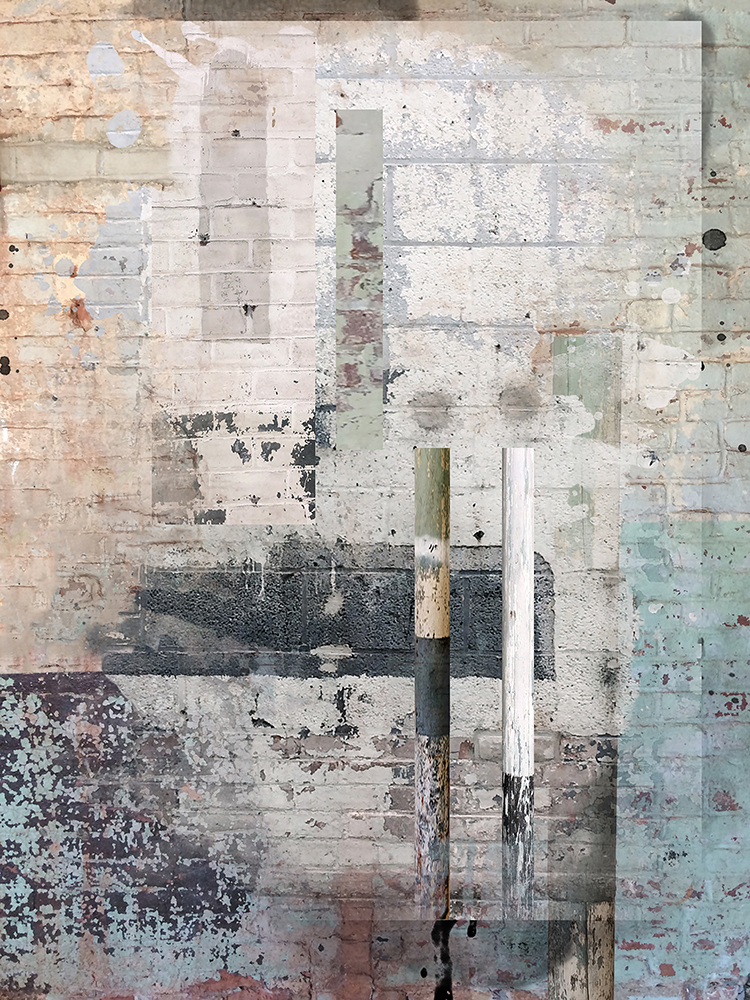
Rarely do I choose to take what might be termed beautiful photos. The main exception being salt marshes to which I am addicted for some reason. There are many people who do and I applaud them. I am just not drawn to capture those moments. I am always looking for the unusual, unexpected, the texture or color, or something I know I can work with to change. I love machine shops, dilapidated anythings, train yards, old vehicles, graffiti, an odd coloration on a wall.
Why do I make abstract work? I have no choice. It is what happens. It is what I do. I want everyone to see how color, shapes, textures can speak as loudly as realistic images. I am determined to have just the right shade of a color or the right texture in specific location. When I look at abstract art I see objects and ideas that may or may not have been intentional but I bring my outlook and experience to each piece. I think that is the brilliance of abstraction. When people see my work I want them to do the same thing. I want them to see what I have done and appreciate it but I also want them to see themselves somewhere in my art. I have had debates with artists who say abstract art has to have no connection to anything real. But I feel that since we are all the sum of our experiences that those experiences show up in the work even without planning for it to happen there has to be some connection to reality.
It is a privilege to be able to spend my life doing something I love. Like everything there are sacrifices to be made but they are worth it. Part of it is due to the serendipity of timing and part due to hard work, setting the alarm everyday, going to the studio if all you do is just look at things and think about what you might do and feel steamed that you were rejected from an exhibit. Spending time working and sometimes just being there wherever there might be and taking advantage of opportunities even when you think you have no chance is an important part of creating.
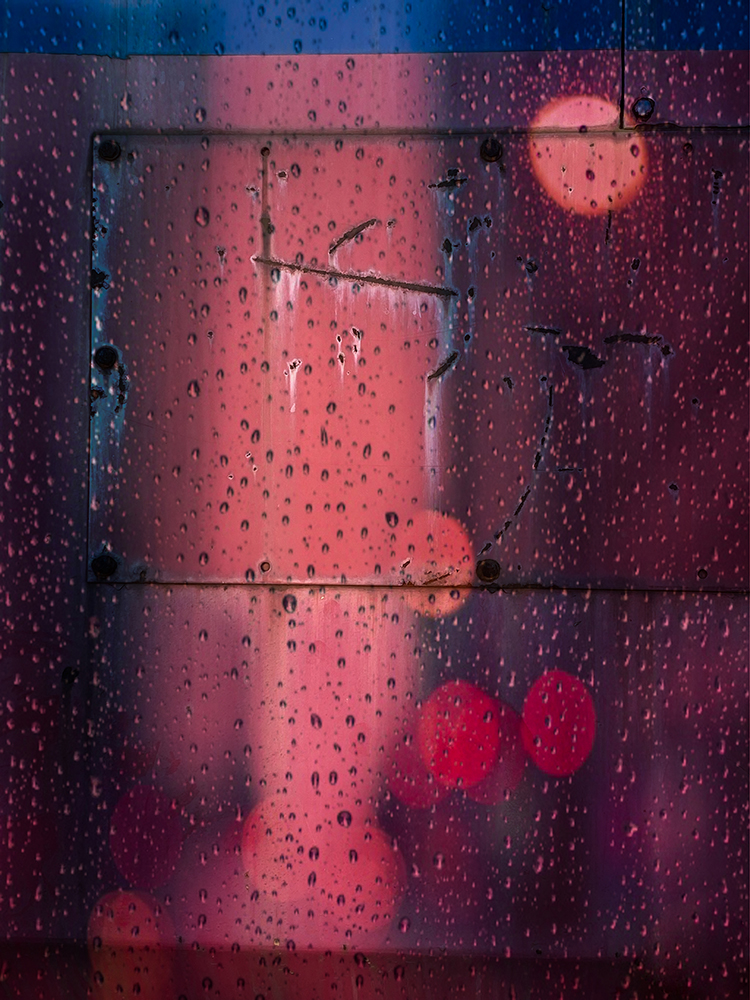
You can see more of my work at our website www.littlefieldstudios.com. There are new and old pieces and a store. If you have any questions I am happy to answer to the best of my ability. Just email from the website or info@littlefieldstudios.com
Statement
I like working with photography in a non traditional way and look to carry the art of photography beyond what one expects. I currently use an Iphone exclusively except for a few older photos I have that were taken with a Canon, throw away camera, or instant camera. Software plays a large role in the photos. It is used to collage and create images that never existed. Then filters and overlays and everything else available is used. Also I enjoy taking printed photos apart and physically collaging them into a new piece. Each finished product is different and different processes were used to achieve the final result. But I believe each one is complete when I finish it and I just need to "put the brush down" because they are finished and what I wanted to achieve.

Bio

Pat Littlefield grew up in the foothills of the Blue Ridge Mountains in South Carolina. She attended Florida State University where she studied music and art. After two years she transferred to the University of South Carolina from which she graduated with a B.A. in Art, cum laude, Phi Beta Kappa. While attending graduate school at East Carolina University she began to study weaving. This was the beginning of her interest in fiber.
In 1975 she turned her efforts entirely to her fiber work and developed a line of fantasy soft sculpture. Further study and experimenting led to papermaking.The result has been the intricate collage/constructions which reflect both her painting and fiber background.
Photography is a relatively new art form for Pat. She started taking photographs of old mines and narrow gauge trains for her husband’s magazine articles. More and more she began taking the photos for herself and started accumulating a collection of abstract images. Computer software super charged her creations. She uses various software to create images that never existed in reality. This is accomplished with masks, combining of photos, overlays-anything and everything. From time to time she physically cuts the photos apart and combines them into dimensional pieces.
For the past 3 years she has been exhibiting in juried shows in galleries, museums and art center in the USA and abroad.
